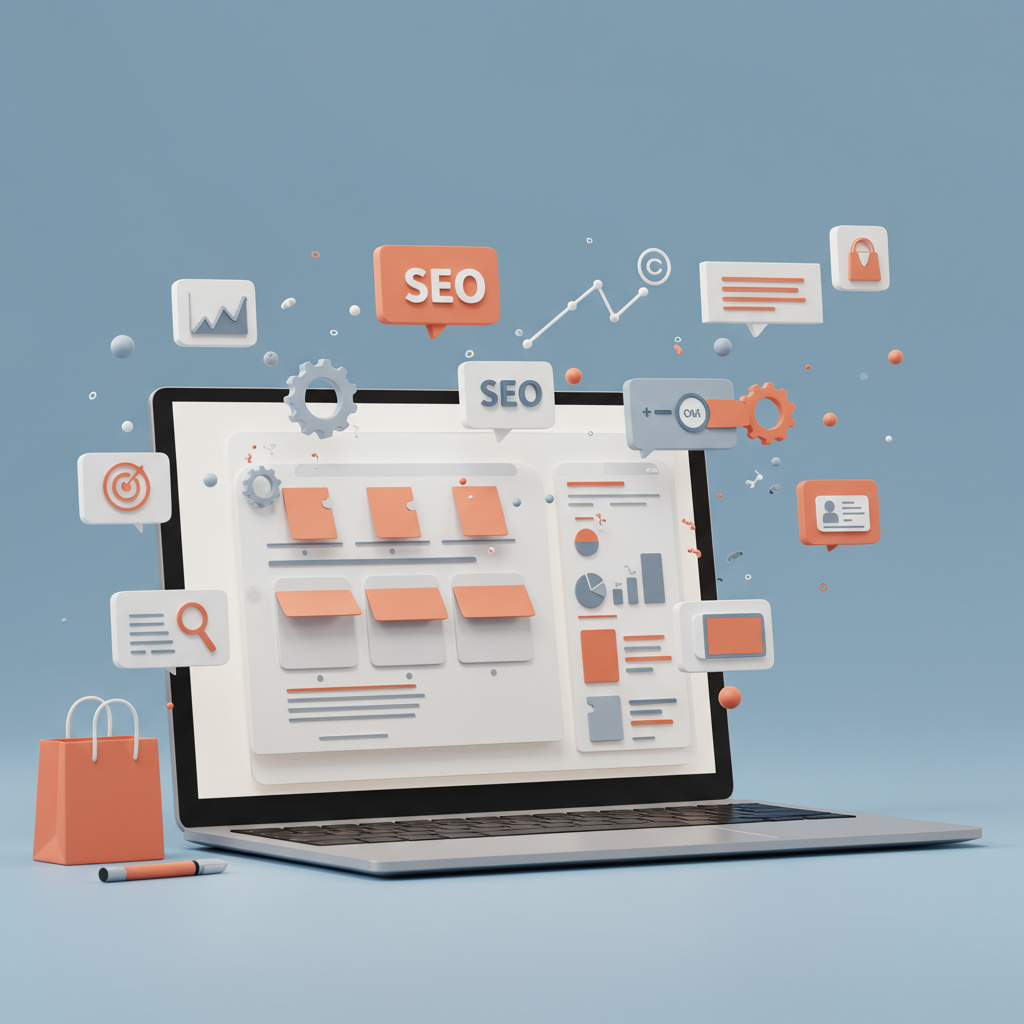A comprehensive guide for e-commerce merchants to dominate search rankings and drive organic sales.
Welcome, fellow Shopify merchants! As we look towards 2026, the digital landscape continues to evolve at a breathtaking pace.
Standing out in the crowded e-commerce space requires more than just great products; it demands a robust online presence.
That’s where Search Engine Optimization, or SEO, comes into play. It’s the art and science of getting your store found by potential customers on Google and other search engines.
For Shopify store owners, mastering SEO isn’t just an option; it’s a necessity for sustainable growth and long-term success.
I’ve put together this comprehensive Shopify SEO checklist for 2026 to help you navigate the complexities and ensure your store is optimized for peak performance.
Let’s dive into the foundational element: Keyword Research. This isn’t just about finding popular terms; it’s about understanding user intent.
In 2026, focus on long-tail keywords that reflect specific queries. Think “organic cotton baby clothes for sensitive skin” instead of just “baby clothes.”
Utilize tools like Google Keyword Planner, Ahrefs, or Semrush to identify high-intent keywords with reasonable competition.
Consider voice search queries too, as they often involve more natural language and longer phrases.
Next, we move to On-Page SEO, which involves optimizing the content directly on your Shopify store pages.
Your product page titles and meta descriptions are critical. Craft compelling, keyword-rich titles that entice clicks and accurately describe your product.
Ensure your meta descriptions are concise summaries, ideally under 160 characters, that include your primary keyword and a strong call to action.
Product descriptions themselves should be unique, detailed, and engaging. Don’t just copy manufacturer descriptions; tell a story.
Use relevant keywords naturally throughout your product and collection descriptions, but avoid keyword stuffing at all costs.
Image optimization is another key area. Every image on your Shopify store should have descriptive alt text. This helps search engines understand your images and improves accessibility.
For example, instead of “image1.jpg,” use “red leather women’s handbag with gold clasp.” This is crucial for image search visibility.
Structured data, or schema markup, is becoming increasingly important. Shopify themes often have some built-in, but consider apps to enhance product schema.
This markup helps search engines display rich snippets in search results, like star ratings, prices, and availability, making your listings stand out.
Now, let’s talk Technical SEO – the backbone of your store’s search engine performance. Site speed is paramount.
Google’s Core Web Vitals emphasize user experience, and slow loading times will penalize your rankings. Optimize images, minimize app usage, and choose a fast theme.
Ensure your Shopify store is fully mobile-responsive. Most of your traffic will likely come from mobile devices, and Google prioritizes mobile-first indexing.
Your sitemap.xml file is automatically generated by Shopify, but it’s good practice to submit it to Google Search Console to ensure all your pages are indexed.
Regularly check for broken links using tools like Google Search Console. Broken links create a poor user experience and can hurt your SEO.
Content Marketing is your long-term play. A Shopify blog is an excellent way to attract organic traffic by providing value to your audience.
Create evergreen content that answers common questions, offers buying guides, or provides industry insights related to your products.
This positions you as an authority and provides more opportunities for keyword targeting and internal linking.
Off-Page SEO primarily revolves around building high-quality backlinks to your Shopify store.
Seek out reputable websites in your niche for guest posting opportunities, collaborations, or product reviews.
Remember, quality over quantity when it comes to backlinks. A few strong, relevant links are far more valuable than many low-quality ones.
User Experience (UX) is intrinsically linked to SEO. A well-designed, easy-to-navigate store keeps visitors engaged, reducing bounce rates.
This positive user behavior signals to search engines that your site provides a good experience, which can indirectly boost your rankings.
Finally, don’t forget to monitor your progress. Utilize Google Analytics and Google Search Console to track traffic, keyword performance, and user behavior.
These tools provide invaluable insights into what’s working and what needs improvement, allowing you to refine your SEO strategy continuously.
What do you think about this comprehensive Shopify SEO checklist? I’d love to hear your thoughts and any strategies you’ve found particularly effective!
As AI continues to influence search, staying adaptable and focusing on user intent will be key. Shopify’s platform provides a solid foundation, but your proactive efforts make all the difference.
By diligently implementing these SEO strategies, you’re not just preparing your Shopify store for 2026; you’re building a resilient, high-performing e-commerce business for years to come.
Start implementing these steps today, and watch your organic traffic and sales grow!






